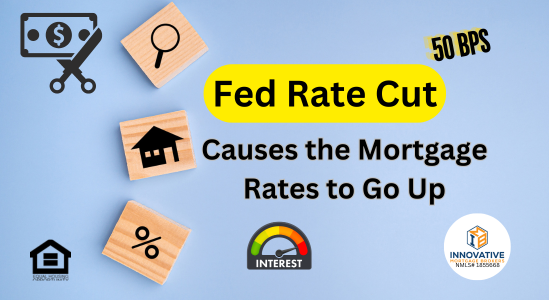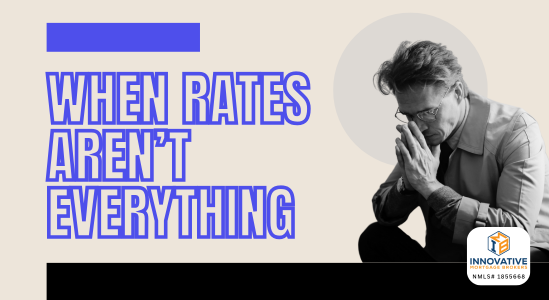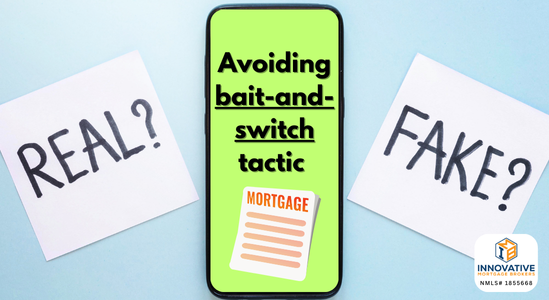How We Save You Money on Your Mortgage When shopping for a mortgage, one of…
Why Did Mortgage Rates Actually Go Up After a Fed Rate Cut?
If you’ve been following the financial news, you might have been surprised to hear that mortgage rates actually increased after the Federal Reserve recently cut interest rates by 50 basis points. It sounds strange, right? After all, isn’t a rate cut supposed to make borrowing cheaper? Well, the reality is more complex. Let’s break down why this happens in a way that’s easy to understand.
How Mortgage Rates Really Work
First, it’s important to know that mortgage rates and the Federal Reserve’s rate aren’t directly linked. The Fed controls the short-term interest rates that influence things like credit card rates and home equity lines of credit. But mortgage rates are influenced by the bond market, specifically the yield on the 10-year Treasury note.
So, while the Fed meets a handful of times each year to adjust rates, mortgage rates can move daily—sometimes even by the minute—based on bond market activity. Mortgage lenders and traders don’t wait for the Fed’s decision to adjust rates; they act ahead of time, often based on what they expect the Fed will do.
Why Mortgage Rates Moved Higher
Even though the Fed cut rates, mortgage rates had already been falling in anticipation of this move. Financial traders knew for months that the Fed was likely to lower rates, so they adjusted mortgage rates long before the official announcement. By the time the rate cut was made, the bond market had already “priced in” the cut, meaning that the mortgage rates had already fallen as far as they were going to go in the short term.
In fact, mortgage rates went up slightly on the day of the Fed’s announcement because investors saw other signals during the Fed’s meeting—such as its outlook on future rates and economic conditions—that weren’t as favorable for lower rates moving forward.
The Fed’s Influence Beyond the Rate Cut
Whenever the Fed cuts rates, the actual rate cut is just one part of the story. The Fed also releases an economic outlook from its members, giving investors clues about future moves. In this case, Fed Chair Jerome Powell’s press conference wasn’t as positive for rate cuts as some expected. His tone suggested that we might not see more cuts soon, which made traders cautious about betting on further drops in mortgage rates.
What Does This Mean for You?
It’s crucial to understand that mortgage rates don’t follow Fed rates directly, and they don’t always fall when the Fed cuts rates. Rates have already dropped in the months leading up to the Fed’s decision, so it’s possible we’re at or near a “floor” for the time being.
If you’re in the market for a home loan or considering a refinance, it’s still worth exploring your options, but waiting for significantly lower rates might not be the best strategy right now.
The Bottom Line
While the Fed’s rate cut can influence the overall economy, mortgage rates are more complicated. They’ve already adjusted based on what the market expected the Fed to do, and the future of rates will depend more on economic data and market conditions than the Fed’s next move.
So, if you’ve been holding out for lower mortgage rates, don’t be too surprised if they don’t drop immediately after a Fed cut—sometimes, like now, they even go up!





